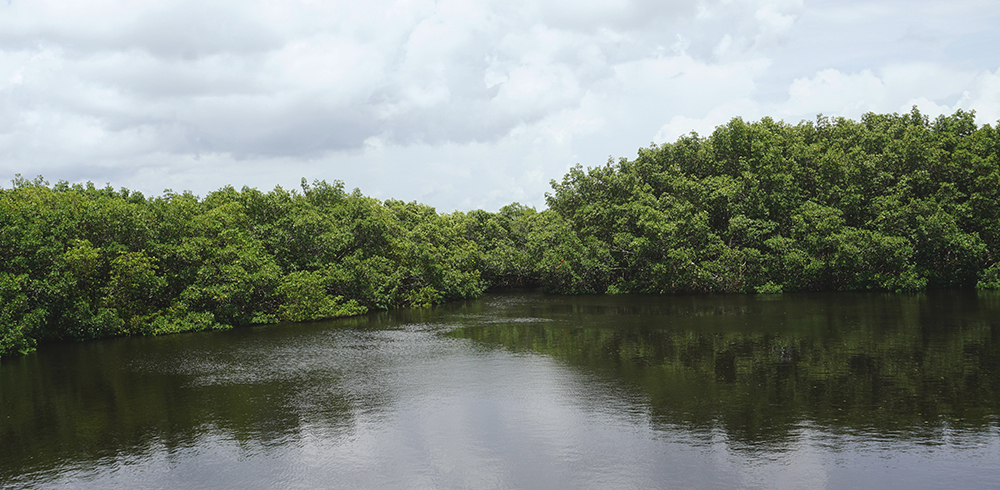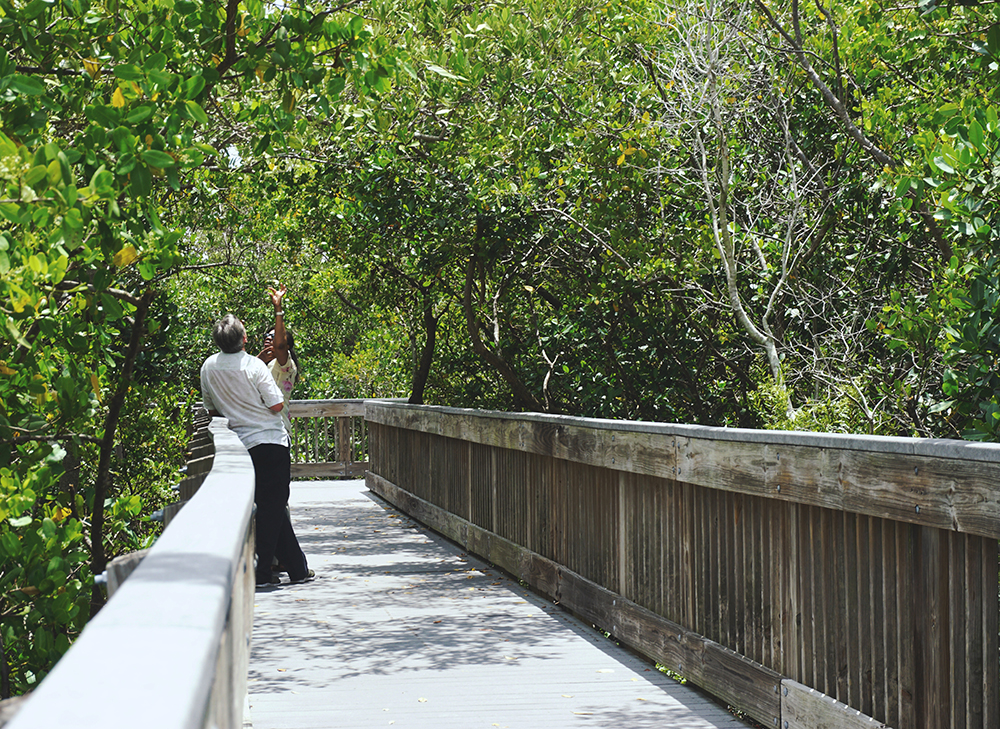Mangroves are abundant in the Tampa Bay area, forming Weedon Island tunnels and lining intertidal waterways, that it is easy to lose sight of their environmental importance and need to be protected.
They are the only trees that thrive in saltwater. In the United States, these tropical plants exist almost exclusively along southern Florida coastlines. There are more than 555,000 acres of mangroves in Florida, including an estimated 15,611 acres in Tampa Bay.
Mangroves are vital to marine life and benefit local communities and the overall environment. Destruction of mangroves by coastal development is a major concern. Worldwide, mangroves have been diminished about 35 percent, to 85,000 square miles. The Tampa Bay region has lost 50 percent of its historic coverage since the 1940s.
Pinellas County has protected mangroves since the 1970s. In 2003, it adopted a code balancing protection with recognition of the importance of waterfront views. The regulation generally prohibits mangrove removal and restricts trimming to areas not set aside for preservation and to a minimum height of 6 feet. Additional requirements including permits and the use of registered professional trimmers may be triggered by factors such as height of trees or depth of mangrove fringe along the shore.

The county Water and Navigation department provides mangrove trimming guidelines and code enforcement. It cites several mangrove benefits:
- Controlling shoreline erosion
- Maintaining water quality as a natural filter
- Starting the marine food web
- Creating critical habitat and nursery areas for marine life and birds
- Supporting recreational and commercial fishing
- Creating a healthy natural environment for residents and visitors
The U.S. Congress created the Tampa Bay Estuary Program (TBEP) in 1991 to build partnerships to restore and protect Tampa Bay. Ecologist Gary Raulerson, based at TBEP’s Innovation District office, researched mangroves for his Ph.D. dissertation. He views mangroves as playing a major role — alongside salt marshes, seagrass, oyster beds and other pillars of the ecosystem — in supporting the health of the bay. Red mangroves, with dense stilt-like roots in the water, have a significant dampening effect on storm surges’ impact on coastal communities. Raulerson adds that mangroves are carbon sequestration agents, reducing carbon monoxide in the atmosphere.

County Environmental Program Manager Dave Walker said trimming affects the mangroves’ environment in a variety of ways. Lower heights can reduce storm-impact protection or the total amount and diversity of habitat, and pruning of the leafy canopy can expose fragile habitats to new conditions. As a result, he says, “Residents are encouraged to incorporate natural or untrimmed mangroves in their trimming configurations.”
The St. Petersburg city government also plays a role in reviewing mangrove protection. The Development Review Commission recently denied a request by Placido Bayou homeowners to build docks in a designated mangrove preservation area. The decision will be appealed to the City Council October 10th 5pm at the Sunshine Center.
The health of the bay will receive renewed focus when the new St. Pete Pier opens this spring. The Tampa Bay Watch’s 3,000-square-foot Discovery Center there will include interactive exhibits and an education center.
See pinellascounty.org/environment/watershed/mangroves.htm for county regulations and guidelines.



